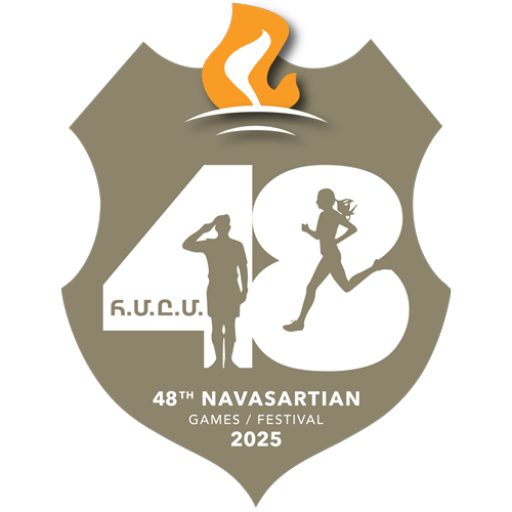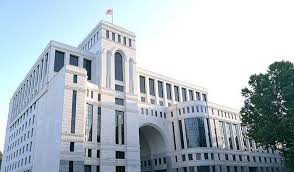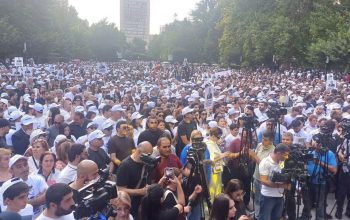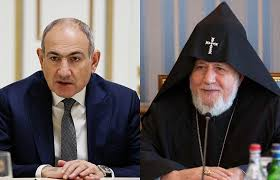The 48th Navasartian Games and Festival, organized by Homenetmen Western USA, concluded this weekend with what many are calling the most vibrant and successful iteration in the event’s history. Held at Birmingham Community Charter High School in Van Nuys, the multi-day celebration brought together thousands of Armenian-Americans from across the Western United States to honor a shared commitment to athletic excellence, cultural preservation, and national unity.
Thousands of Athletes, Scouts, and Supporters Converge
More than 3,200 athletes and over 1,100 scouts from dozens of Homenetmen chapters participated in competitions across a wide range of sports, including basketball, soccer, volleyball, tennis, swimming, and track and field. The festival’s athletic component remained the core of the event, highlighting the organization’s century-old mission to foster discipline, sportsmanship, and physical development among Armenian youth.
The games were accompanied by full scouting participation, with Homenetmen scouts helping to organize, manage, and lead ceremonial and logistical aspects of the event. Uniformed scouts opened the festivities with a flag ceremony and remained a visible presence throughout the weekend.
Cultural Festivities and Nightly Performances Energize Festival Grounds
While the sports drew the daytime crowds, it was the cultural programming that sustained the atmosphere well into the evening. Traditional Armenian cuisine—khorovats, dolma, lahmajoun, and more—was served across a sprawling row of food vendors. Tents and booths offered books, crafts, jewelry, and information from community organizations and service providers.
Each night, festivalgoers gathered for live performances by celebrated Armenian artists, including Armenchik, Christine Pepelyan, Karnig Sarkissian, and youth ensembles such as the Nairi Dance Group. The stage became a gathering place for generations of Armenians, singing and dancing to both modern hits and timeless national songs.
These performances were not merely entertainment—they were celebrations of identity, continuity, and belonging, tying diaspora families to their ancestral homeland through music and movement.
A Statement of Solidarity with the Armenian Church
In a significant moment during the festival’s closing ceremony, the Chairperson of Homenetmen Western USA delivered a statement reaffirming the organization’s solidarity with the Armenian Apostolic Church and its leadership. The public expression of support comes at a time when the Church has faced growing challenges and political pressure in Armenia.
The declaration was not framed as a political provocation, but as a moral commitment to preserving the core institutions of Armenian national life—faith, education, and cultural stewardship. The announcement was met with wide approval from the assembled crowd and served as a reminder that the Navasartian Festival, while rooted in sport, remains a powerful platform for collective values.
A Record-Breaking Year for a Living Tradition
Established in 1975, the Navasartian Festival has grown into the largest Armenian event of its kind in the United States. Named after the ancient Armenian summer games, the festival fuses modern athleticism with timeless cultural tradition. Each year, it concludes with the torch-lighting ceremony—a symbolic gesture of generational continuity and a commitment to passing down Armenian identity.
This year’s festival saw a surge in attendance, and at one point, crowd size reached such levels that authorities temporarily paused new entries to ensure public safety. The brief closure—coordinated with the Fire Marshal and LAPD—was handled swiftly by organizers and did not disrupt the flow of events.
A Community Reaffirmed
Ultimately, the 48th Navasartian Games and Festival was not defined by logistics, but by spirit. It was a moment of strength for the diaspora—athletes competing with pride, scouts demonstrating leadership, families gathering under banners and flags, and a community that continues to grow stronger in its unity.
As the final torch dimmed and families made their way home, what remained was a shared understanding: Armenian identity is not simply remembered—it is lived. And nowhere is that more visible than at Navasartian.




